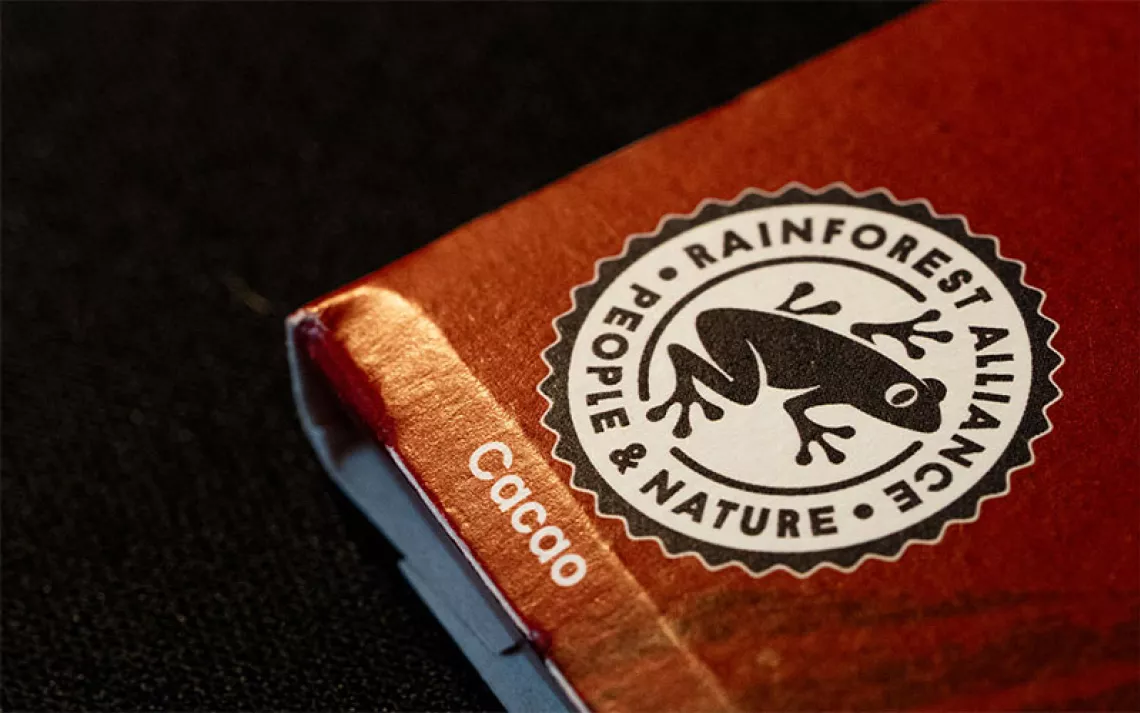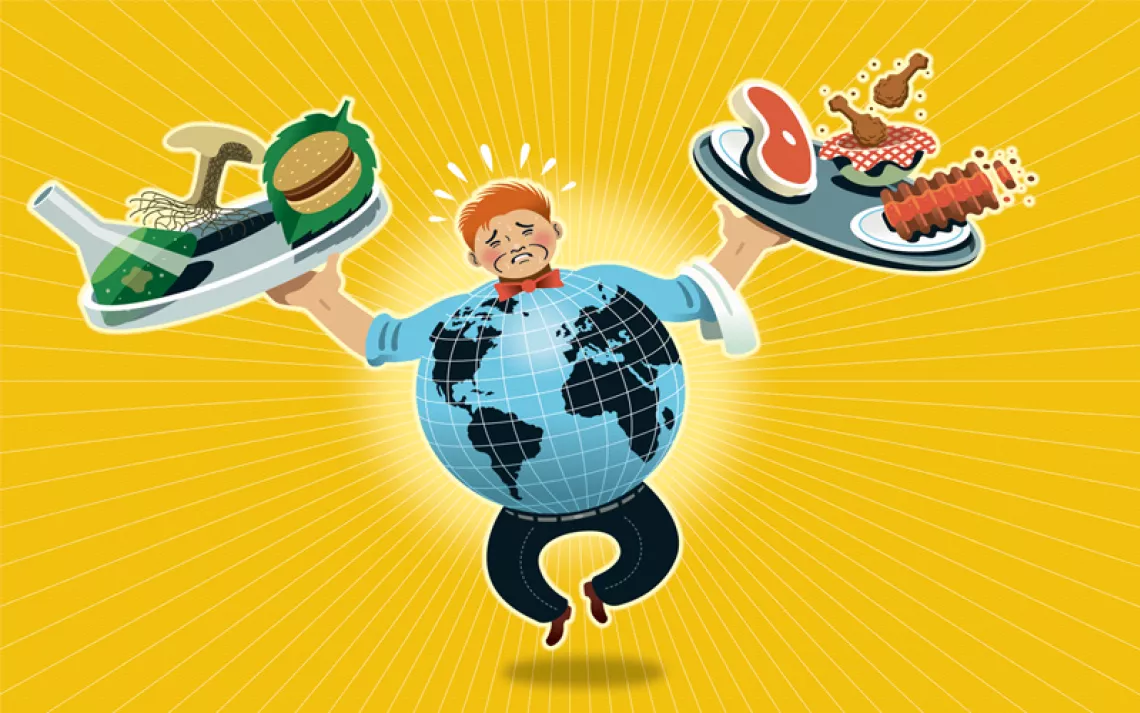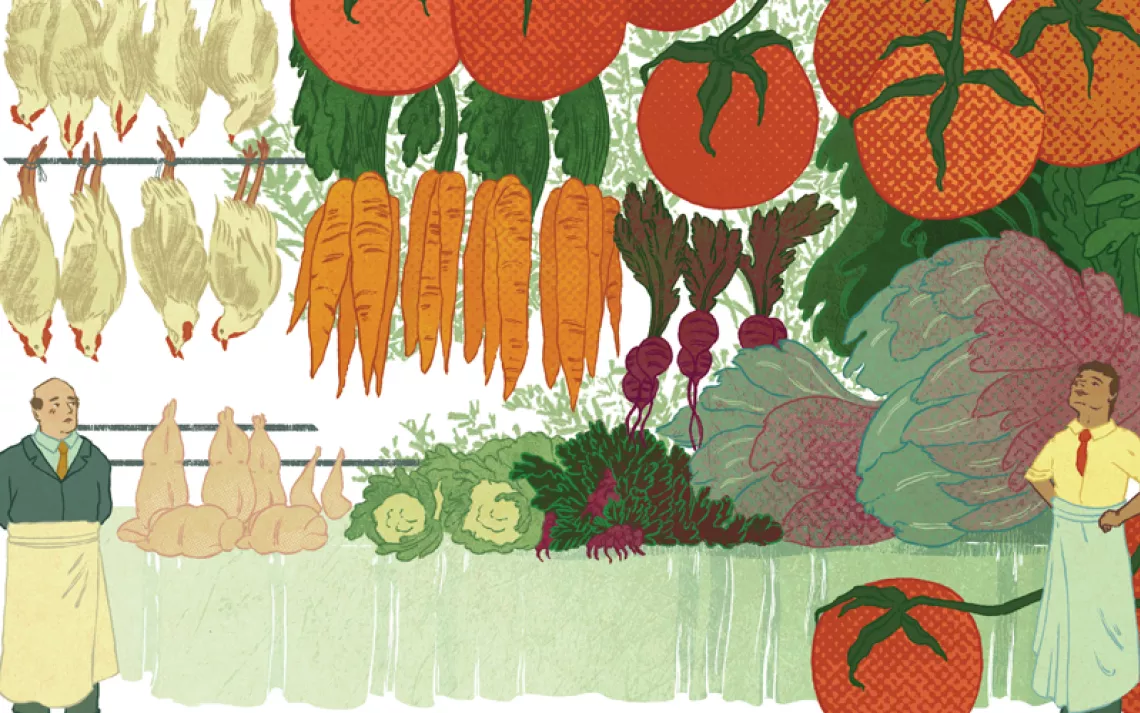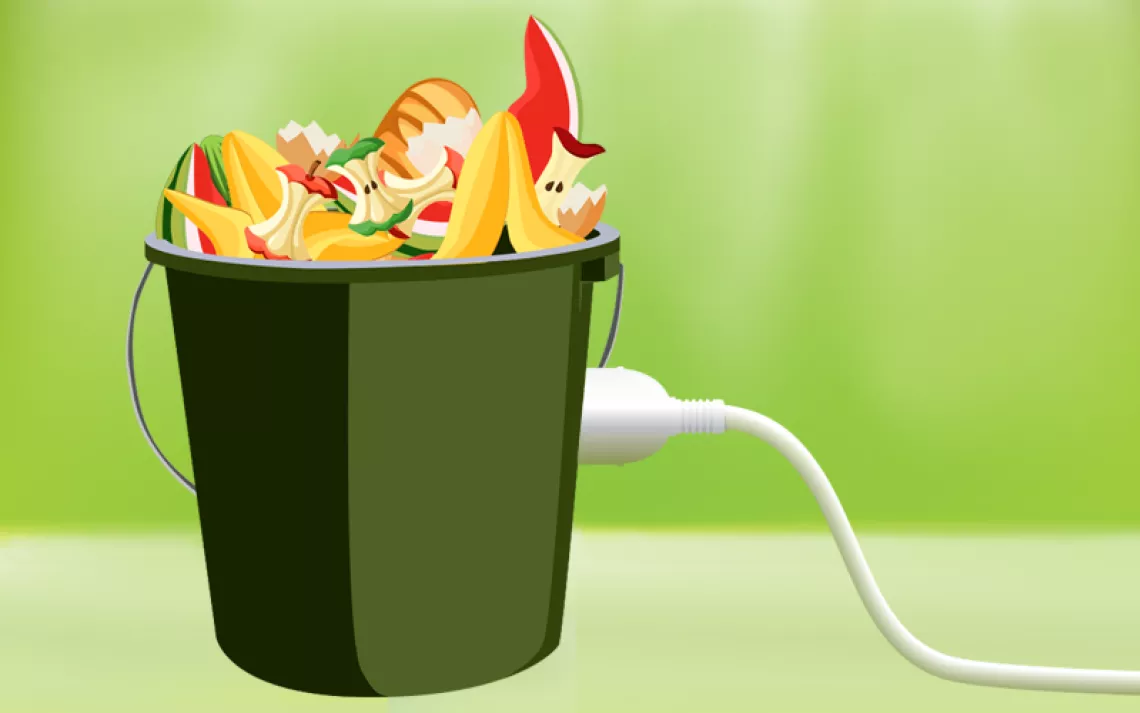Over 2,000 Questionable Additives Are Lurking in Packaged Food
Organic foods, however, only allow 40 tested chemicals
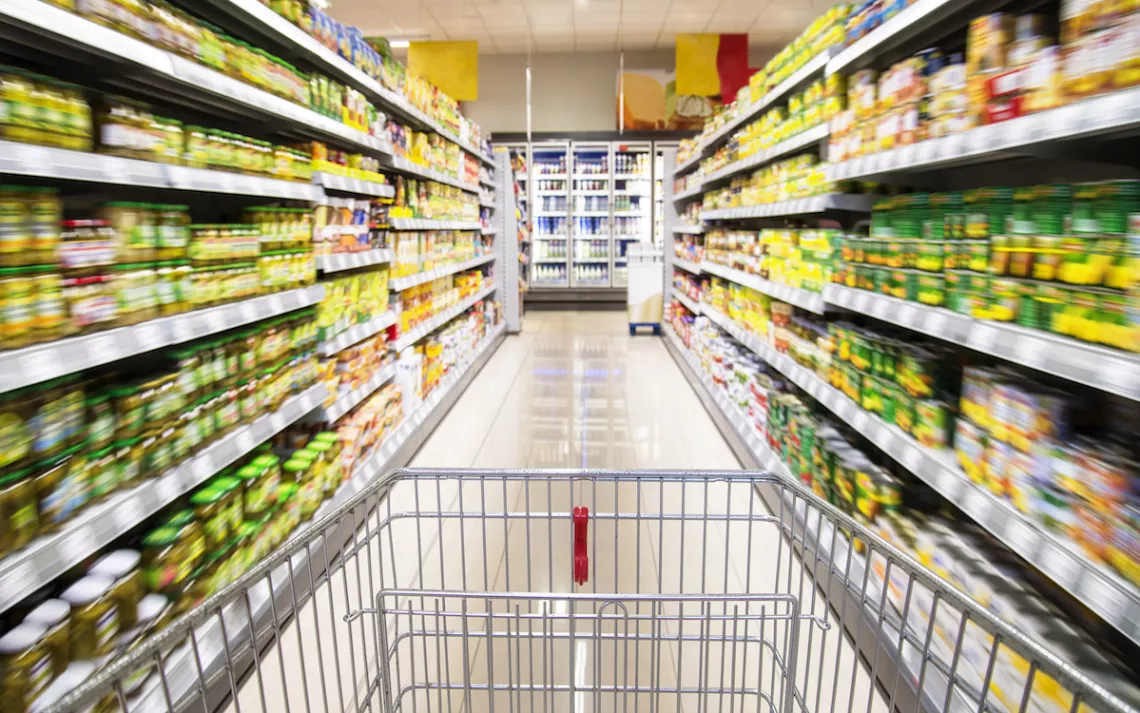
Photo by gopixa/iStock
Author Michael Pollan once famously suggested that shoppers focus on the periphery of a grocery store, where the whole foods are often located, and avoid the interior aisles, with their packaged cookies, salad dressing, and frozen pizza. Now a new report by the consumer health watchdog Environmental Working Group offers a good reason to leave the crackers on the shelf. The group estimates that packaged foods contain over 2,000 additives whose safety has not been adequately studied.
That may come as a shock to many. The Food and Drug Administration has the power to review any substance in the food supply to determine its safety. But many food additives have found their way into chicken nuggets and ice cream due to an exemption originally passed in 1958 and updated in 2016. The Generally Recognized As Safe (GRAS) amendment allows food companies to add common ingredients to their products that are commonly known or generally believed to be safe, such as vinegar, without those products undergoing extensive testing by the FDA.
In recent decades, however, that GRAS exemption has gone well beyond a little vinegar. A manufacturer can self-affirm if something is GRAS, performing all the safety tests and analysis to determine whether an additive is safe or not. Or it can file a voluntary GRAS notification with the FDA, which will look over the data and decide whether to add a substance to its GRAS list. The ability for the food industry to determine the safety of its own additives has led to a proliferation of ingredients in food that consumers, and scientists, don’t completely understand.
Even the US Government Accountability Office has determined that the way the FDA administers the GRAS program is problematic, with some substances determined to be GRAS later banned and with others coming under scrutiny.
That doesn’t mean all of the additives identified by the new report are harmful. But without robust, independent testing, it’s difficult to determine if some of the chemical additives are problematic. “Consumers are increasingly interested in knowing where their food comes from, what’s in their food, and what these food additives are that they can’t pronounce,” says Dawn Undurraga, a nutritionist with the EWG. “When they came up with the GRAS alternative to the food petition process, that was supposed to be for things people knew or understood to be safe, like vinegar, milk, flour, and baking soda. Not for sodium carboxymethyl cellulose and butylated hydroxymethyl—these things that have only recently been discovered in the laboratory. We don’t know what the long-term impacts are. And even the science we do have raises questions.”
The report highlights several additives that passed the GRAS test and are currently in the food supply that raise red flags. Butylated Hydroxyanisole (BHA), a preservative found in frozen pizza and processed meats, is listed as a carcinogen by the state of California and is classed as a potential endocrine disruptor by the European Union. Butylated Hydroxytoluene (BHT), a derivative of tar and petroleum found in many cereals, causes lung tumors in animals. Sodium nitrate, a preservative in processed meats, has been associated with elevated cancer risks and cardiovascular problems.
A consortium of organizations, including the EWG, is currently suing the FDA over its GRAS rules, alleging that the agency is delegating its authority to self-interested food and chemical manufacturers.
Currently, it’s difficult to point to these specific GRAS additives—not to mention the 2,700 “flavor” chemicals approved by the Flavor and Extract Manufacturers Association—and say which consumers should avoid and which may be OK, since the independent analysis has not been done. But a study released last month in the journal JAMA Internal Medicine suggests that, in the aggregate, additives and processed foods are doing real damage. The study showed that for adults 45 and over, the more ultraprocessed food they ate—things like ready-to-eat meals or desserts, which are often laden with additives and flavorings—the higher their chance of early death. According to the research, for each 10 percent bump in the amount of ultraprocessed food eaten, the chance of early mortality rose by 14 percent. It’s estimated that in the United States, 61 percent of the adult diet currently comes from ultraprocessed foods.
Is there any relief for people who don’t want to bake from scratch every single cookie they eat and want the occasional slice of pizza? According to the report, organic packaged foods are a surprisingly good choice. Not only must ingredients in organic packaged goods be grown organically, any additives, preservatives, or colors are restricted to a list of substances evaluated by the National Organic Standards Board. The chemicals are then reviewed every five years to reassess evidence of their safety. Only 40 chemicals have currently passed the strict regulations; since 2008, 72 additives once on the list have been booted off or restricted.
“The same companies that manufacture food chemicals are allowed to declare them safe,” Melanie Benesh, EWG legislative attorney and report coauthor, says in a statement. “It’s like the fox guarding the hen house. For those consumers seeking ‘clean foods’ free from toxic chemical additives, organic is really your only option.”
So why don’t conventional food companies follow a similar set of rules when it comes to additives, especially since the health of hundreds of millions of people is at stake? “I would love to hear their answers,” Undurraga says. “I can only guess what calculations they are making.”
 The Magazine of The Sierra Club
The Magazine of The Sierra Club
